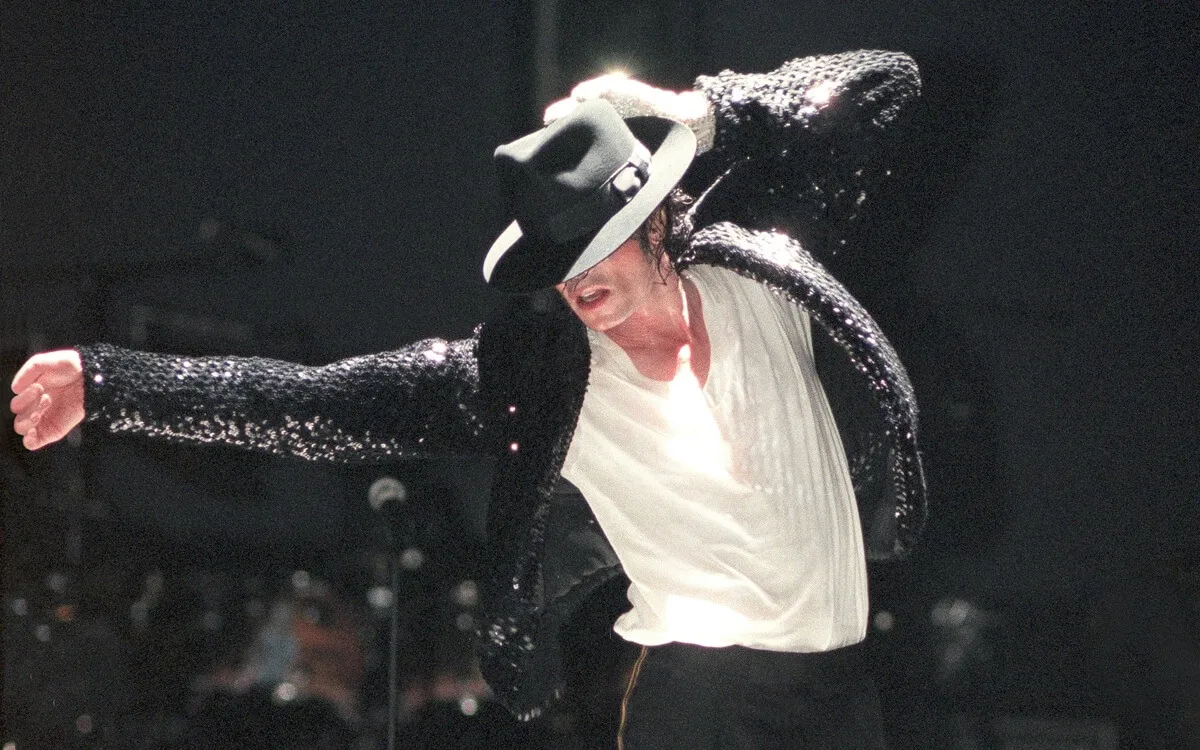‘Buffy the Vampire Slayer’: Joss Whedon Almost Brought a Character Back to Life Because Fans Were So Mad
The death of key characters in shows has become a recurring trope in TV shows and streaming, sometimes to controversial viewer responses. Perhaps such a concept adds more realism and drama to shows, if also creating discord when seemingly done to rile a fan base.
When Joss Whedon did this with a popular character on the old Buffy the Vampire Slayer series, the reaction backfired from the usual. This was with Tara (played by Amber Benson) who was killed off at the end of Season Six.
Viewers complained so much, Whedon considered bringing her back, even though it never worked out for one particular reason.
Can killing off a popular character ultimately backfire when done to seemingly push viewer buttons?

How did Tara in ‘Buffy the Vampire Slayer’ die?
As a witch and member of Buffy Summers’ “Scooby Gang,” Tara Maclay had to also battle the challenges of being both human and supernatural. What made her character groundbreaking was that she came out as a lesbian when just entering college.
When she did this in the early 2000s, it was a bit after Ellen DeGeneres did the same on her famous sitcom several years earlier. That set the path toward Joss Whedon bringing one of the first open, lesbian couples to network television.
The relationship Tara began was with Willow Rosenberg (Alyson Hannigan) who also had similar powers. Their relationship became a fan favorite, if suddenly crashing down when, per BuzzFeed, Whedon decided to kill off Tara with no warning.
He had the character murdered by a stray bullet, just when Tara and Willow were resuming their relationship following a brief breakup. Response, though, was harsh, including some insinuating the death was a slap in the face against the LGBTQ community.
Joss Whedon wanted the strong emotion of killing off Tara
According to Whedon, killing off Tara offered more character development for Willow, says IGN. Her suffering the emotion of the death would help draw out her powers that were less understood than Tara’s.
Said Whedon in the above interview with IGN in 2012: “What I was interested in was Willow’s guilt, that her life could go on, that her love life could go on after Tara, because that’s a part of living. Quite frankly, that was not Plan A. Plan A was to bring Tara back.”
Yes, the plan was to make the death only temporary, even if things never worked out quite as planned. When Whedon asked Benson to return, she decided to move on to other things, leaving the show unprepared on how to proceed.
It also became a lesson in the consequences of character deaths when thinking any actor is ready and willing to come back to a character after a lull.
Initially, fans thought it was a sexist writer decision
After some in the LGBTQ community thought the death was intended as some sort of punishment for Tara’s lesbianism, actress Amber Benson spoke out and said Whedon was supportive of LGBTQ people.
Regardless, this never persuaded her to come back to the role of Tara. Instead, she moved on into a long career in movies and TV. The situation also allowed the Willow character to feel a real loss and become a new superhero-like character: Dark Willow.
At the same time, Willow also wanted to destroy the world due to her profound loss. Whedon and the writing team still gave Willow a new relationship in Kennedy (played by Iyari Limon), one also ill-fated.
By end of the series, Willow lived on and was also seen on the crossover show Angel. Tara, though, remained dead, bringing a real finality to a character when so many are easily resurrected in TV and movies. Perhaps others should take the hint when death has become so relative in other media franchises, no doubt out of fan emotion.


